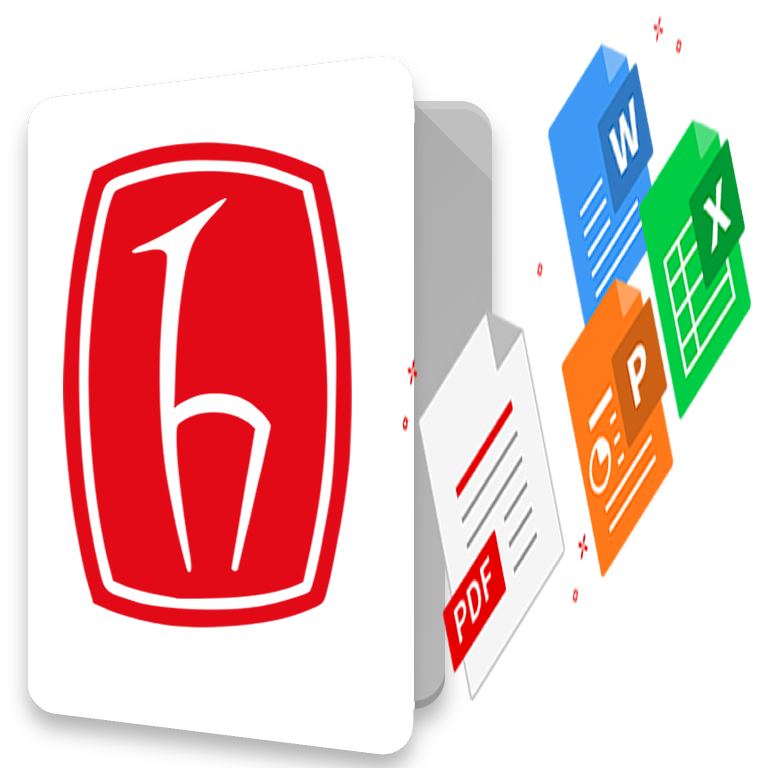| dc.contributor.advisor | Kocaman Gökçeoğlu, Sultan | |
| dc.contributor.author | Büyükdemircioğlu, Mehmet | |
| dc.date.accessioned | 2023-06-06T06:03:03Z | |
| dc.date.issued | 2023-04-19 | |
| dc.date.submitted | 2023-03-27 | |
| dc.identifier.uri | https://hdl.handle.net/11655/33405 | |
| dc.description.abstract | Today, migration from rural areas, continuous change in cities and the increasing complexity of their structure yielded the need of new methods to increase efficiency in their management. The demand for 3 dimensional (3D) city models is increasing and they are actively used by countries and municipalities at different scales. 3D city models are not only visual models, but also allow analysis and different visualization applications with the help of their semantic data. These models can be produced in different levels of detail (LoD), and as the levels increase, the amount of modeled objects/details of the building and roof also increases. 3D models with a high level of detail are produced manually by photogrammetry operators, usually with the help of very high resolution stereo aerial photographs. However, this process is costly in terms of labor and time. There exist different approaches in the literature to automatically generate highly detailed 3D city models, but the topic is still an active research area being investigated by several researchers. On the other hand, efficient visualization of the produced models also involves optimization issues and depending on the platform, and different approaches exist. Within the scope of this thesis, deep learning-based solutions have been developed for automatic classification of building roof types from very high resolution optical imagery, automatic extraction of building footprints, automatic extraction of roof details at LoD2.2 level and their use in the production of 3D building models. The study sites were selected from different regions of Türkiye and the training data were prepared in accordance with the requirements of the deep learning methods. The results are presented and suggestions for potential improvements are discussed. In addition, different solutions for the visualization of LoD2 and LoD3 city models are developed and discussed. For this purpose, web-based visualization with Cesium library and virtual reality supported Unity game engine were employed to reveal various advantages and disadvantages of both approaches. | tr_TR |
| dc.language.iso | en | tr_TR |
| dc.publisher | Fen Bilimleri Enstitüsü | tr_TR |
| dc.rights | info:eu-repo/semantics/openAccess | tr_TR |
| dc.subject | 3D City models | tr_TR |
| dc.subject | Deep Learning | |
| dc.subject | CityGML | |
| dc.subject | Cesium | |
| dc.subject | Virtual reality | |
| dc.subject.lcsh | Geomatik mühendisliği | tr_TR |
| dc.title | Automatic Reconstruction and Efficient Visualization of 3D City Models | tr_TR |
| dc.type | info:eu-repo/semantics/doctoralThesis | tr_TR |
| dc.description.ozet | Günümüzde kırsal bölgelerden göç, sürekli değişim ve şehirlerin yapısının giderek karmaşık hale gelmesi, şehir yönetimlerinde verimin artması için yeni yöntem arayışlarını beraberinde getirmektedir. 3 Boyutlu (3B) şehir modellerine olan talep giderek artmakta ve birçok ülkede çeşitli yönetim seviyelerinde farklı ölçeklerde aktif olarak kullanılmaktadır. 3B şehir modelleri sadece görsel modeller olmayıp, aynı zamanda sahip oldukları semantik veriler yardımıyla analizlere ve farklı görselleştirme uygulamalarına izin vermektedir. Bu modeller farklı detay seviyelerinde (LoD) üretilebilmekte ve seviyeleri arttıkça, bina ve çatıya ait modellenen nesnelerin/ayrıntıların miktarı da artmaktadır. Yüksek detay seviyesine sahip 3B modeller, genel olarak çok yüksek çözünürlüklü stereo hava fotoğrafları yardımıyla fotogrametri operatörleri tarafından manuel olarak çizilmektedir. Bu çok fazla insan gücü, zaman ve maliyet gerektiren bir süreçtir. Yüksek detaylı 3B şehir modellerini otomatik üretmek için literatürde farklı yaklaşımlar bulunmaktadır ancak bu konu tam olarak çözülememiş bir sorun olarak birçok araştırmacı tarafından çalışılmaya devam etmektedir. Üretilen modellerin verimli görselleştirilmesi ise, kullanılacak görselleştirme platformuna göre birçok optimizasyon ve farklı yaklaşım gerektiren ayrı bir sorundur. Bu tez kapsamında, çok yüksek çözünürlüklü optik görüntülerden otomatik olarak bina çatı tiplerinin otomatik olarak sınıflandırılması, bina ayak izlerinin çıkartılması, LoD2.2 seviyesinde çatı detaylarının çıkartılarak 3B bina modeli üretiminde kullanılmasına yönelik derin öğrenme tabanlı çözümler geliştirilmiştir. Çalışma sahaları Türkiye’nin farklı bölgelerinden seçilmiş ve kullanılan derin öğrenme yöntemine uygun şekilde öğrenme verisi hazırlanmıştır. Bu çalışmalarda elde edilen sonuçlar detaylı olarak incelenerek, potansiyel iyileştirmelere yönelik öneriler sunulmuştur. Ayrıca, LoD2 ve LoD3 şehir modellerinin görselleştirilmesine dair farklı çözümler geliştirilerek tartışılmıştır. Bu amaçla hem Web tabanlı Cesium kütüphanesi hem de sanal gerçeklik destekli Unity oyun motorunda görselleştirilme çalışmaları tamamlanmış ve farklı avantaj ve dezavantajları ortaya konulmuştur. | tr_TR |
| dc.contributor.department | Geomatik Mühendisliği | tr_TR |
| dc.embargo.terms | Acik erisim | tr_TR |
| dc.embargo.lift | 2023-06-06T06:03:03Z | |
| dc.funding | Yok | tr_TR |




